TOMOHA: TEA TASTING BY MÉLINA DA ROCHA
TOMOHA, A Meeting Between Two Worlds
Let’s head back to Miyazaki prefecture to discover an unusual tea, a collision between two worlds: the premium organic houjicha made from an oolong tea, TOMOHA.
As a result of his great expertise and audacity, Miyazaki-san offers us a combination of two great Japanese and Taiwanese teas that is surprising to say the least: a slightly oxidized Japanese oolong tea, roasted according to the traditional method, to be transformed into a premium houjicha, TOMOHA.
A master in the art of kamairicha and an oolong tea connoisseur, Miyazaki-san has created a tea that is a collision of two worlds, far from the beaten track. Is the association between the roasted notes of houjicha and the floral sweetness of oolong tea convincing? I invite you to discover it together during this tasting, which did not leave me indifferent.

What Are The Health Benefits Of Houjicha And Oolong?
Houjicha and oolong teas share a number of important health benefits. Indeed, they accelerate the metabolism and can promote weight loss. Oolong is a tea with a low caffeine content, which is even more the case when transformed into houjicha: the roasting process destroys a good part of this molecule, which makes it suitable for consumption at any time of the day. These teas also help fighting stress, prevent diabetes and the development of certain types of cancer, and improve brain function. Finally, they contribute to the improvement of oral health, notably by preventing the appearance of cavities, and contain antioxidants that help fight against cellular aging. These teas should be part of your daily routine, for children and adults alike!

A beautiful and unusual blend of leaves & roasted stems.
What Is The Aroma Profile Of Houjicha And Oolong Teas?
Houjicha tea traditionally has empyreumatic aromas, i.e. toasted, roasted, as a result of the roasting process that the leaves undergo. It is a rather sweet tea, sometimes very slightly astringent, with subtle notes of hazelnut. As it also contains very little caffeine, houjicha is generally consumed with meals. Oolong tea offers a different aromatic profile depending on the degree of oxidation of the leaves. If it is slightly oxidized, it will offer a sweet flavor and floral aromas. If it is very oxidized, oolong tea will offer a rounder flavor, with notes of roasted chestnuts. So there are as many aromatic profiles of oolong teas as there are producers! What would be the result of the meeting of these teas that everything opposes? This is what we invite you to discover today: a superb combination of the flavors of these two teas, with the rare premium quality organic houjicha made from oolong tea, TOMOHA. It is produced in Gokase, Miyazaki Prefecture, one of the most famous regions in the country for the production of kamairicha, a tea whose production method is close to Taiwanese oolong.
For this tasting, we used a mineral spring water with a balanced profile, in order to bring out the aromas of this tea. Visually, the tea leaves are curled, presenting themselves in the form of pearls, with the presence of stems, which is typical of oolong teas. The leaves are of a beautiful ochre green color.

Once brewed, the leaves are slightly irregular, open and broken, stemmed. They take on a nice olive green color. The leaves give off a floral scent reminiscent of jasmine, called "kamaka" by Miyazaki-san, which oolong tea traditionally offers. The liquor of this tea is nicely amber, orange, halfway between what can offer a traditional houjicha and an oolong tea.

In the mouth, we discover the genius of this association of aromas at first antagonistic: the sweet flavor, very soft, is dominant. In the top notes, we clearly distinguish aromas of meadow flowers reminiscent of jasmine. In the middle notes, a taste of exotic fruits, especially passion fruit, makes this tea truly gourmand. In the base notes, we find the traditional pyreumatic aromas of houjicha, toasted, and a light note of hazelnut.
This tea lends itself well to a second infusion, which gains even more sweetness and floral aromas. An oolong tea, lightly oxidized and roasted, rare, subtle, bouquet and fruity with an easy approach, which makes the bold bet to move away from the traditional expectations for a Japanese tea, to offer a unique tasting experience.
How To Prepare TOMOHA Tea?
TOMOHA is a simple tea to prepare, as it remains quite good even at high temperatures, unlike the more sensitive traditional Japanese green teas. However, although it can be brewed at about 95 degrees for 90 seconds according to Miyazaki-san's method, my preference is to brew at 70 degrees for 120 seconds. This way, the astringency resulting from the roasting process of the tea is much less noticeable, for a much smoother and floral result. As it is a whole leaf tea, it is more suitable for a preparation for at least two people, as the leaves open up in contact with the hot water and become very aromatic. As for the teapot, if it is possible to use a large kyusu, the use of a large filter teapot or a gaiwan lends itself better to this tea, which requires a lot of space to fully unfold its leaves.
Preparation (for two people):
Pour 4 grams of tea leaves into a teapot with filter. Boil 300ml of water, let it cool down to 70 degrees, then pour it into the teapot. Let the tea steep for 2 minutes. Pour the tea alternately into each cup, and enjoy. TOMOHA can be brewed up to 2 to 3 times. Let the tea steep for about 1 minute at 90 degrees.

Enjoy TOMOHA all day long!



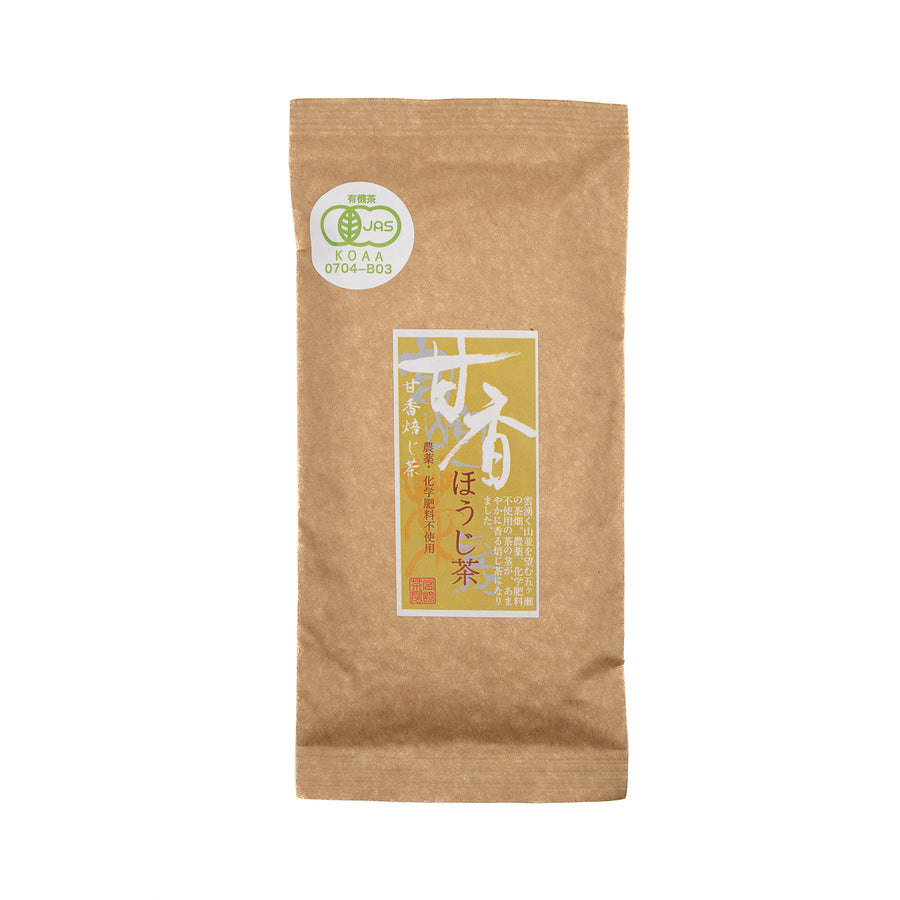
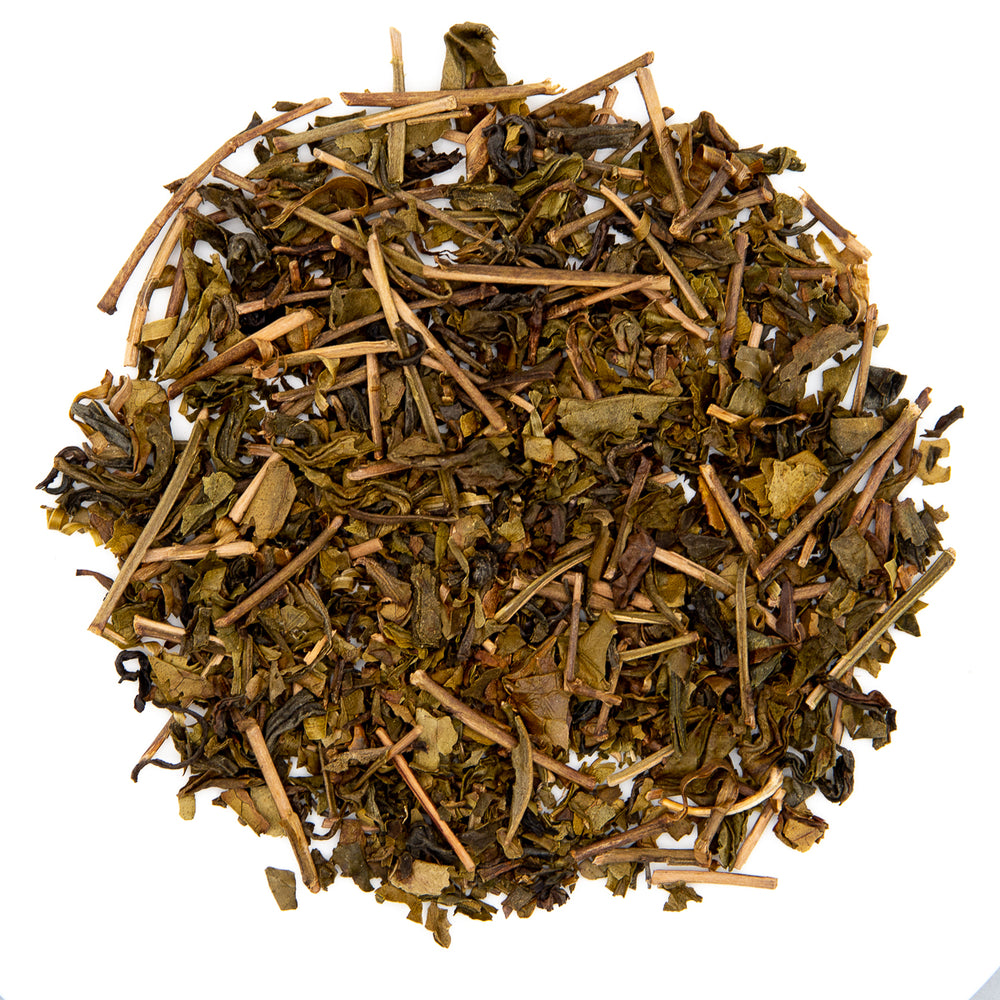
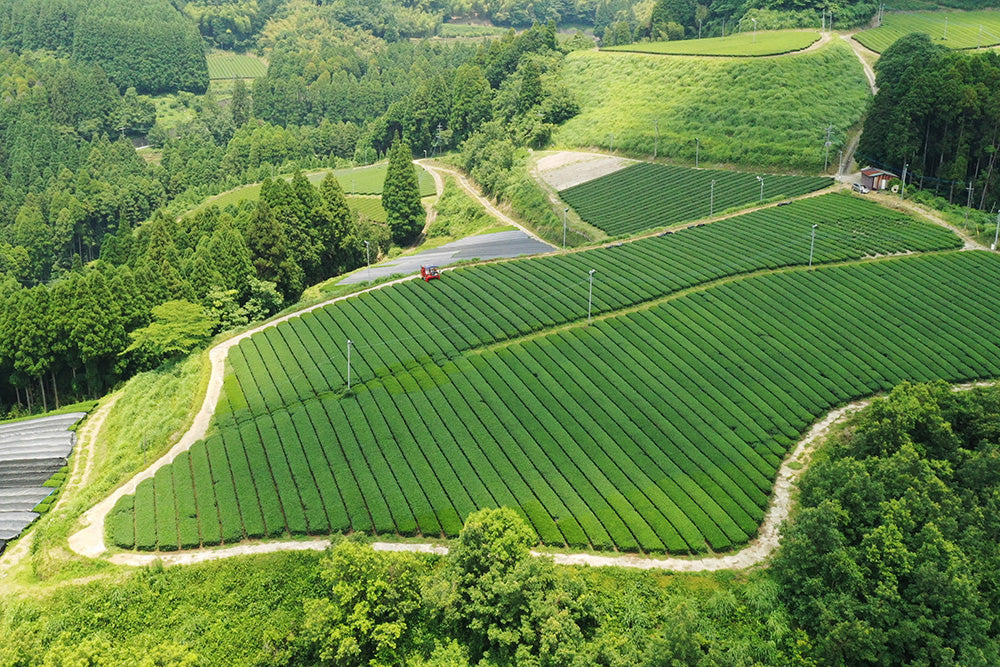
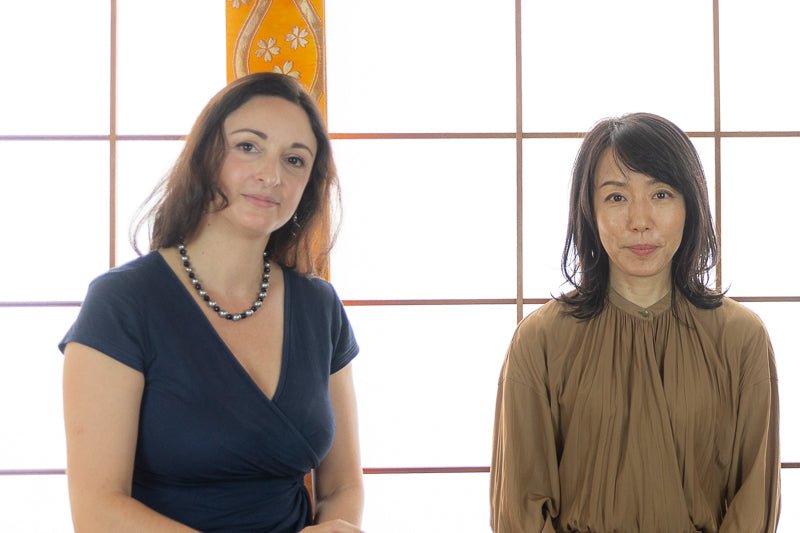
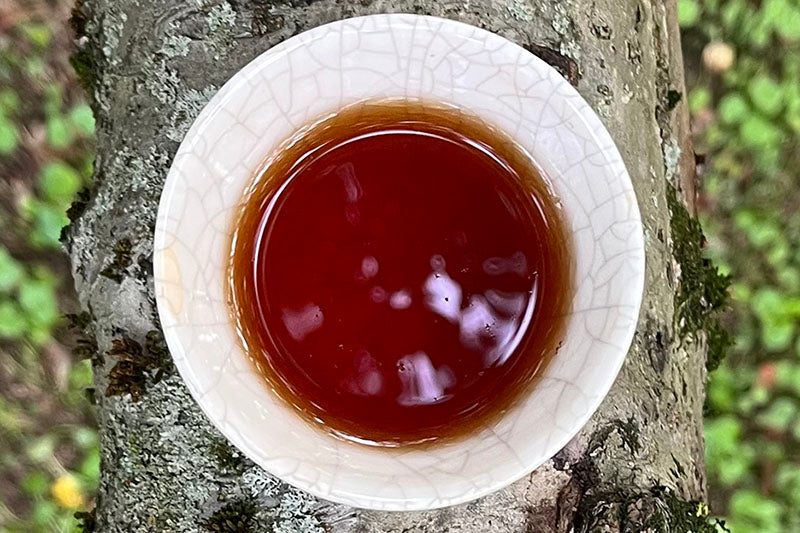
Leave a comment